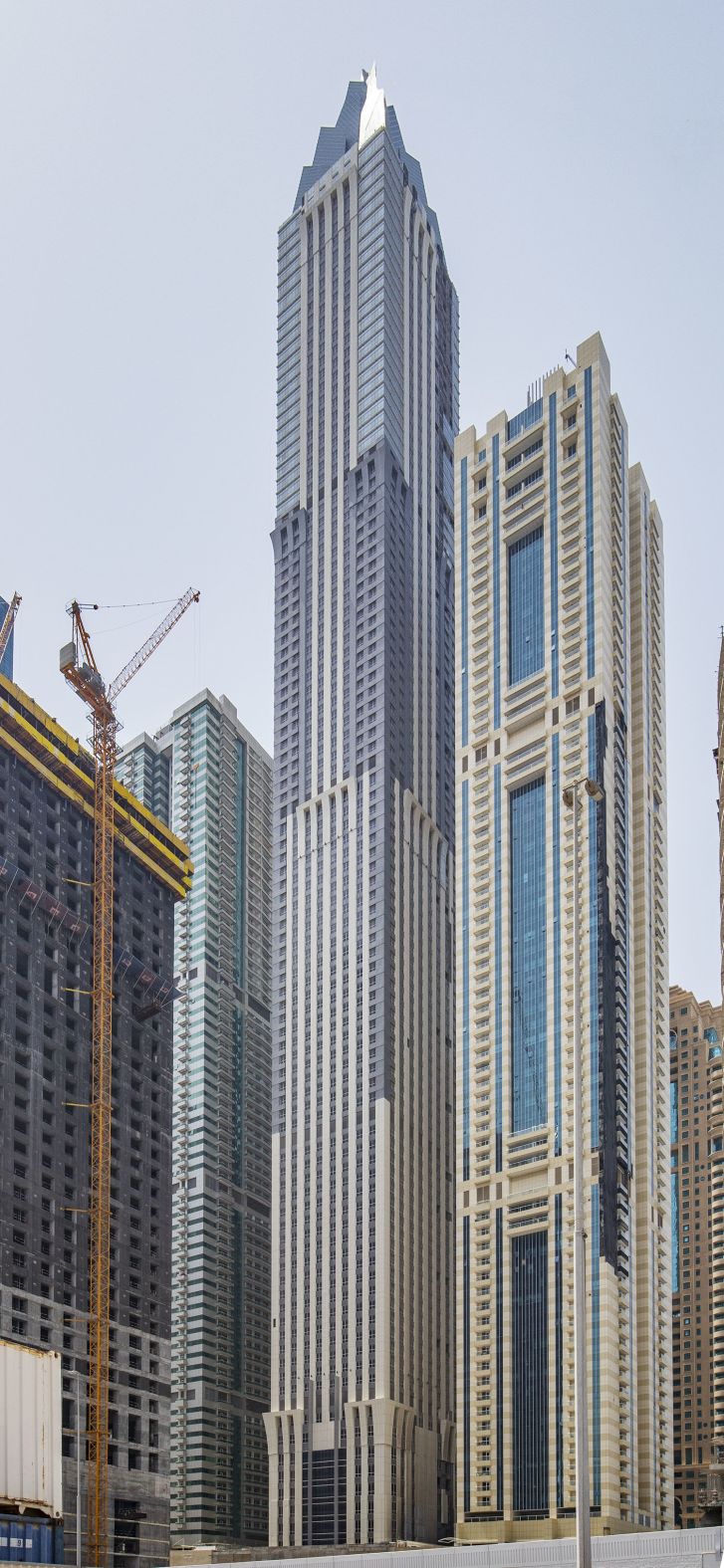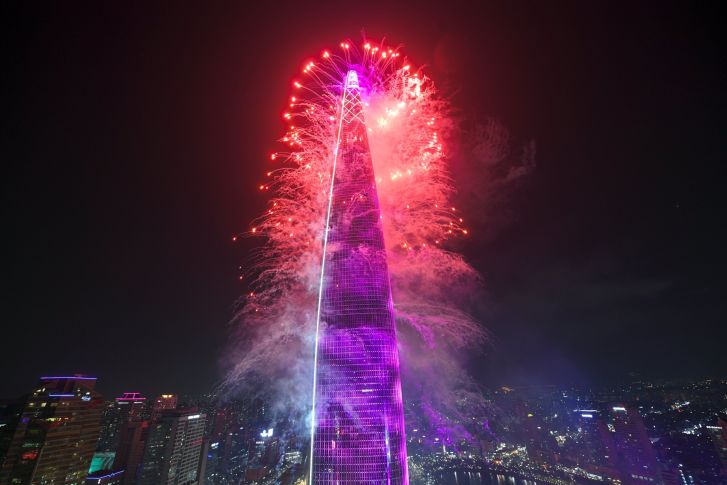Architecture World skyscraper construction hits all-time high
More skyscrapers were built in 2017 than during any other year in history, according to data released today by the Council of Tall Buildings and Urban Habitat (CTBUH).
A total of 144 buildings measuring 200 meters (656 feet) or taller were completed in the world this year, up on 2016's record by more than 13%. China once again dominates the list, which was published in an annual report by the CTBUH. The country accounts for more than half of this year's global total, with 77 of the structures located in 36 different Chinese cities.
Of them, the southern metropolis of Shenzhen was responsible for the highest number of new skyscrapers. Topping the CTBUH's list for the second consecutive year, the city saw the completion of 12 such buildings in 2017 -- more than the entire United States. Shenzhen is also home to this year's biggest new skyscraper, the 1,966-foot (599-meter) Ping An Finance Center, now the fourth tallest building in the world.
The city of Nanning, in China's Guangxi province, was ranked second, having completed seven new tall structures, while Chengdu tied with Indonesia's capital, Jakarta, on five. The Chinese cities of Changsha and Wuhan were joined by New York, Toronto, South Korea's Busan and the North Korean capital, Pyongyang, with four each.
But while the global trend is headed skywards, the market for high-rises is changing, according to Shawn Ursini, editor of the CTBUH's Skyscraper Center database.
Related:
Construction in China's 'skyscraper capital' shows little sign of slowing
"Residential is taking up an increasingly big share of buildings measuring at least 200 meters in height," he said in a phone interview. "If you go back to the latter end of the 20th century, you could almost assume that any building of that magnitude would be an office building.
"But that's not necessarily the case anymore. Residential buildings, while not a majority, are continuing to climb. And mixed-use is increasingly becoming very common -- especially among 'supertall' buildings (those rising to 300 meters or above)."
Of this year's 10 tallest new structures, five have provisions for residential use, including Dubai's 1,394-foot (425-meter) Marina 101.

Dubai's 1,394-foot Marina 101 growing number of skyscrapers being primarily developed for residential purposes. Credit: Lester Ali
A global phenomenon
Despite China's dominance in skyscraper construction, the CTBUH report says that 2017 was the most geographically diverse year to date. A total of 23 countries were represented in the list, with places like Sri Lanka and Kenya completing buildings over 200 meters tall for the first time.
Related:
A short history of tall buildings: The making of the modern skyscraper
From Istanbul to Calgary, cities around the world finished their own largest buildings. Seoul's Lotte World Tower became South Korea's tallest structure and the fifth tallest in the world, while the Wilshire Center in Los Angeles is now California's loftiest building and the tenth tallest in the US.
Globally, 2017 marks the fourth consecutive year that the world's record total has been surpassed. A steady post-recession trajectory has seen the number of new skyscrapers more than double since 2012, when just 69 were completed.
News Courtesy: www.cnn.com











